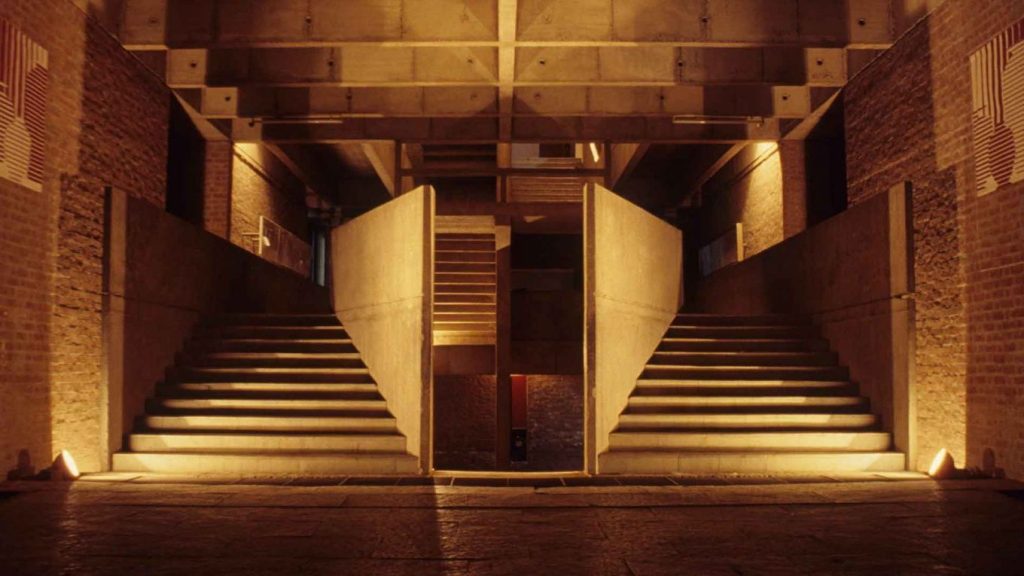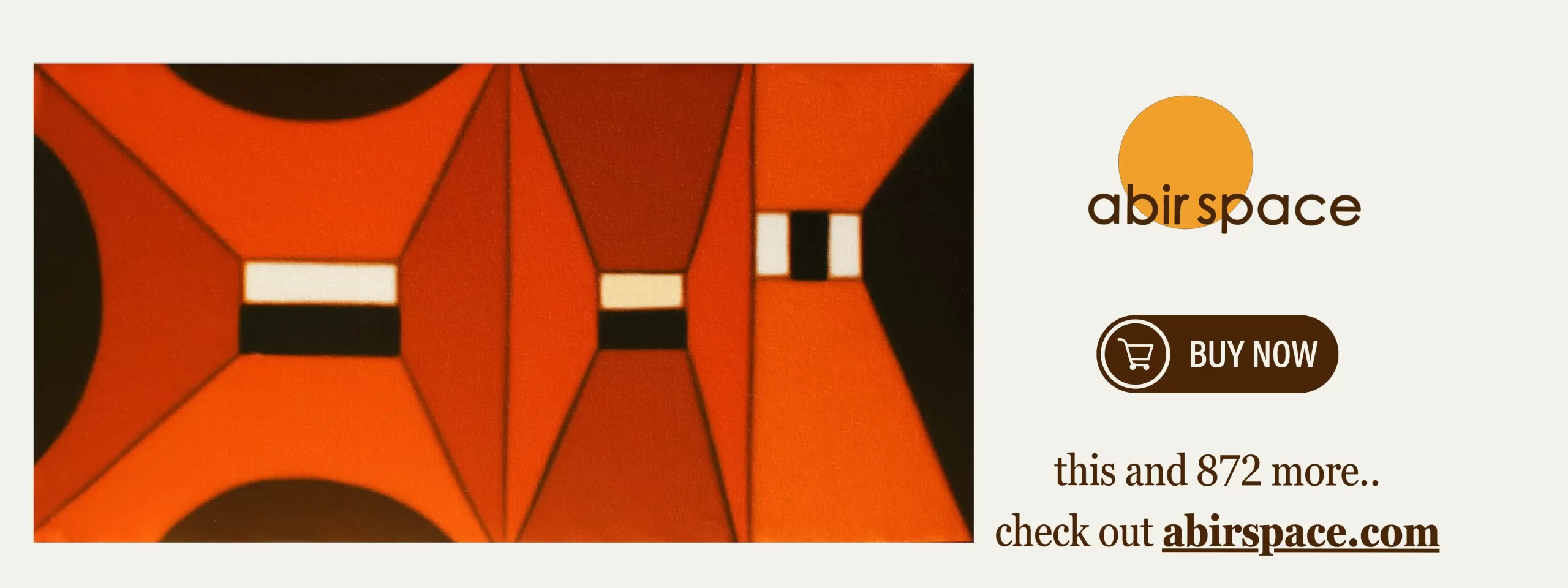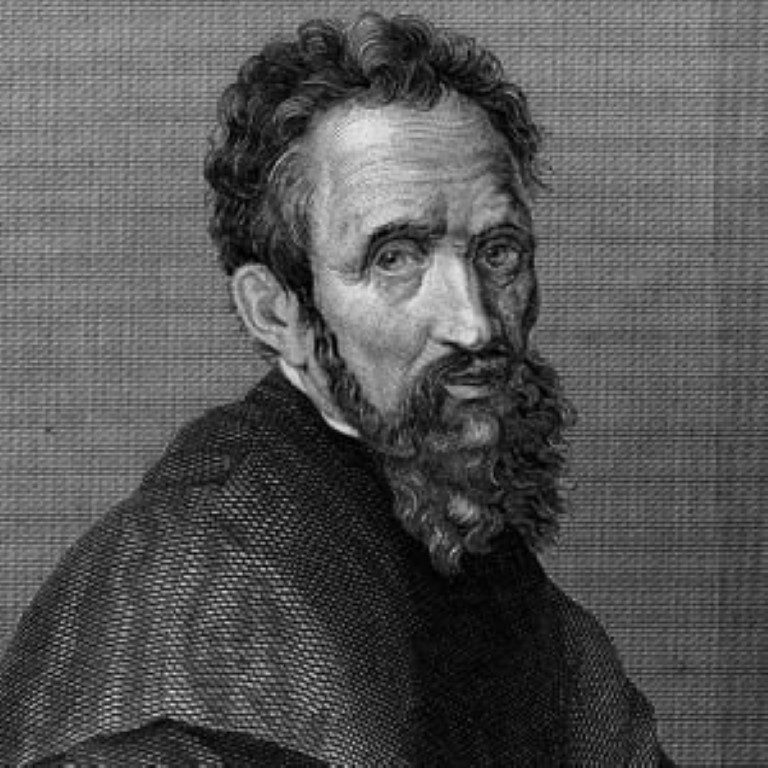On this day
Balkrishna Vithaldas Doshi was a prominent architect and artist whose contributions fundamentally shaped modern architecture and design in India over seven decades. Known for his deep commitment to blending modernist innovation with Indian traditions, Doshi produced both iconic buildings and significant exploratory artworks that reflect his distinct creative vision.
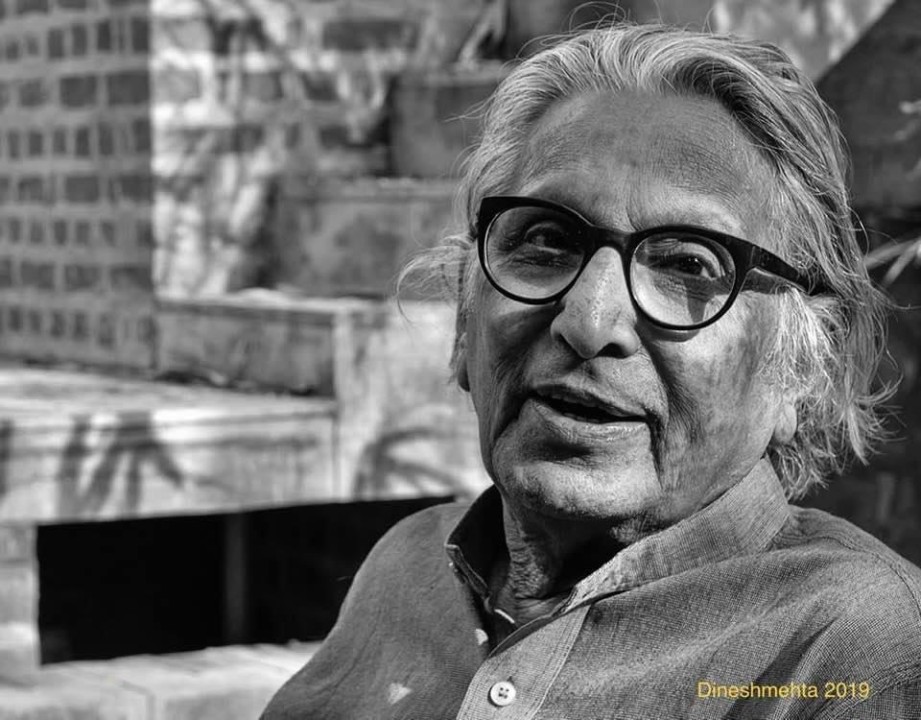
Doshi began his architectural journey studying at the Sir J. J. School of Architecture in Mumbai before working under the influential modernists Le Corbusier and Louis Kahn in the 1950s. Returning to India, he supervised Le Corbusier’s projects and soon founded his office, Vastu-Shilpa, in Ahmedabad. His work includes celebrated projects like:
- Aranya Low Cost Housing in Indore, providing homes for over 80,000 people and earning the Aga Khan Award for Architecture.
- Major institutional buildings such as IIM Bangalore, IIM Udaipur, CEPT University, and Amdavad ni Gufa (an underground art gallery in collaboration with M. F. Husain).
- Town planning efforts and experimental use of sustainable and local materials.
A pioneering educator, Doshi founded the School of Architecture and Planning in Ahmedabad (later known as CEPT University) and played a significant role in shaping architectural education in India. He received numerous honors including the Pritzker Architecture Prize (2018), making him the first Indian laureate, as well as India’s Padma Shri, Padma Bhushan, and Padma Vibhushan.
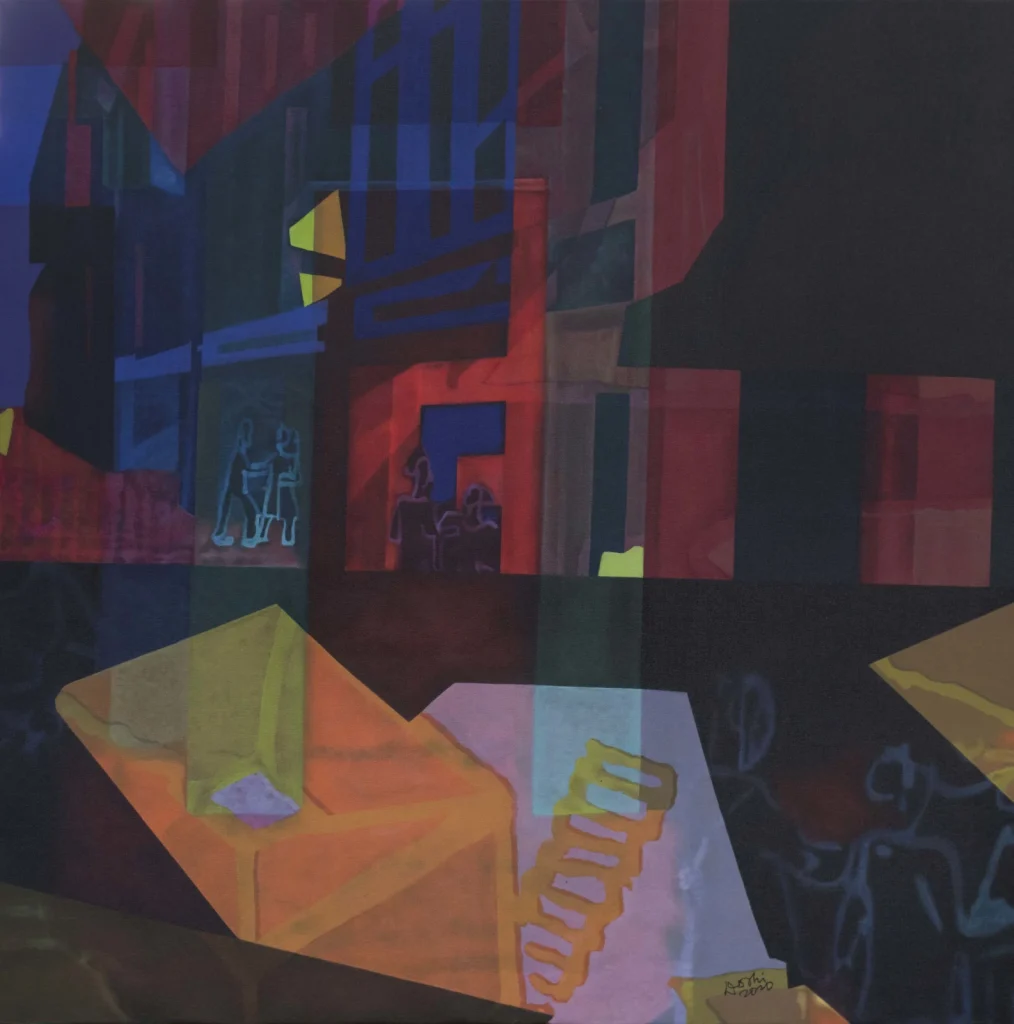
In parallel with his architectural practice, Doshi was also a prolific visual artist. His artworks ranged from drawings to paintings to metal sculptures, characterized by fluid, dreamlike movements and abstract representations inspired by everyday architectural elements. Doshi’s art often reflected a synthesis of his architectural thinking: lines and forms suggested structures or spaces, yet remained free, playful, and spontaneous. He drew on inspirations such as Indian miniature painting and calligraphy, creating works that blur the boundary between architecture and pure art. In later years, he experimented with digital media and sculptural installations, finding new ways to explore material, form, and movement.
Cover image courtesy: Vastu Shilpa Consultants
Contributor

